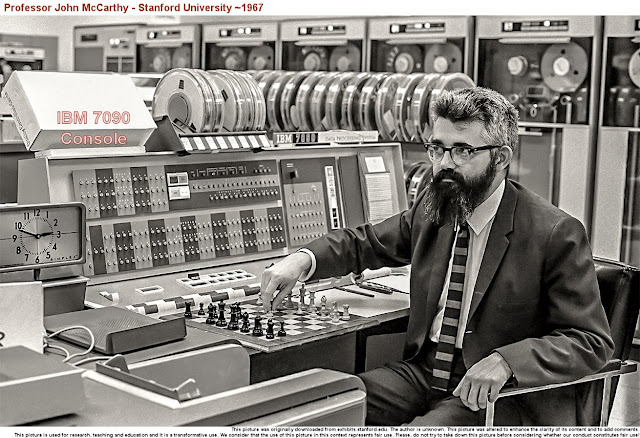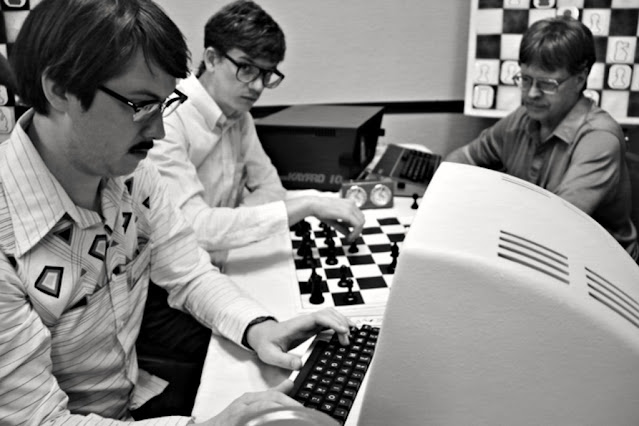Chess Strategy Using WDL Numbers

Commentators at a chess tournament will often focus on the chess engine evaluation score of a player's position measured in centipawns. An engine score of +100 centipawns means one side has an advantage roughly equal to being 1 pawn up and has about a 50% chance of winning. This focus by commentators is appropriate because getting to a position with the highest positive engine score will result in a win. However, the Lc0 chess engine also provides additional useful "WDL" information. WDL output from Lc0 is 3 separate numbers giving the probability the evaluated side wins (W), the probability that it draws (D), and the probability that the evaluated side will lose (W). It's often expressed in terms of the number of games one is expected to win, draw or lose out of 1,000 games. WDL space is essentially how Lc0 "thinks" as it is based on a neural net trained from a vast number of games.
Contrasting Two Games In WDL Space
The Lc0 blog provides a good explanation of the additional information provided by WDL numbers. The first example in their blog post shows a game that ultimately resulted in a draw and had an engine score near 0 for the whole game. However both White and Black had material chances of winning or losing. With more at stake, each player had to play perfectly to achieve the draw.
Their second example was a game that was going to be a draw no matter what. It also evaluated as a near 0 engine score for the whole game, but additionally the chance for either side to win or lose throughout the game was very small. Many roads lead to a draw and it was much harder for either player to make a meaningful mistake.
Using WDL Information
As a strategist, you want to choose a move that is favorable to your side, but also has the lowest draw probability (presuming your Win probability exceeds your Lose probability!). The time to do this is when you seem to be in a balanced position.
Running Lc0 using the Nibbler GUI shows several possible next moves. In many cases the calculated optimal moves will have similar WDL numbers, but in some cases a solution that is slightly weaker than the "best" move solution (listed in the top row) may have a lower draw probability. White's alternatives Re1 versus Qc2 shown below are not dramatically different, but illustrates the kind of comparison you can do.
Unless you're looking for a quick draw (which Black may indeed desire), you could be better off choosing a "lower draw" probability alternative to at least preserve the hope of a possible win. Put differently, the lower draw probability alternative also puts more pressure on your opponent to play perfectly.
WDL Numbers Are Just Estimates
WDL numbers are directionally helpful, but you should not take them literally. As you can see in the examples above, they are just estimates at a point of time in the game. Games with significant non-draw probabilities can still result in draws. If we look at a subset of high quality ICCF correspondence games played over the last 6 years and calculate Lc0's estimated Win and Draw probabilities after the 10th move, we can see that Lc0' WDLs overestimate actual observed win rates and underestimate actual draw rates.
Stockfish's WDL Numbers Don't Add Independent Information
While the Stockfish chess engine also provides WDL numbers, they are just derived from a smooth function that maps their engine score in centipawns to an estimate of what that means for White (and Black's) winning probability. In that sense, their WDL numbers are just a different way of describing their engine score and don't add any additional information. Engine score is still the right way to compare different move alternatives suggested by Stockfish when using the MultiPV mode.







Comments
Post a Comment